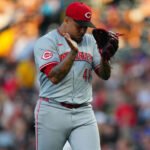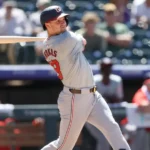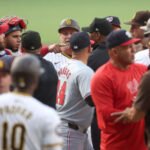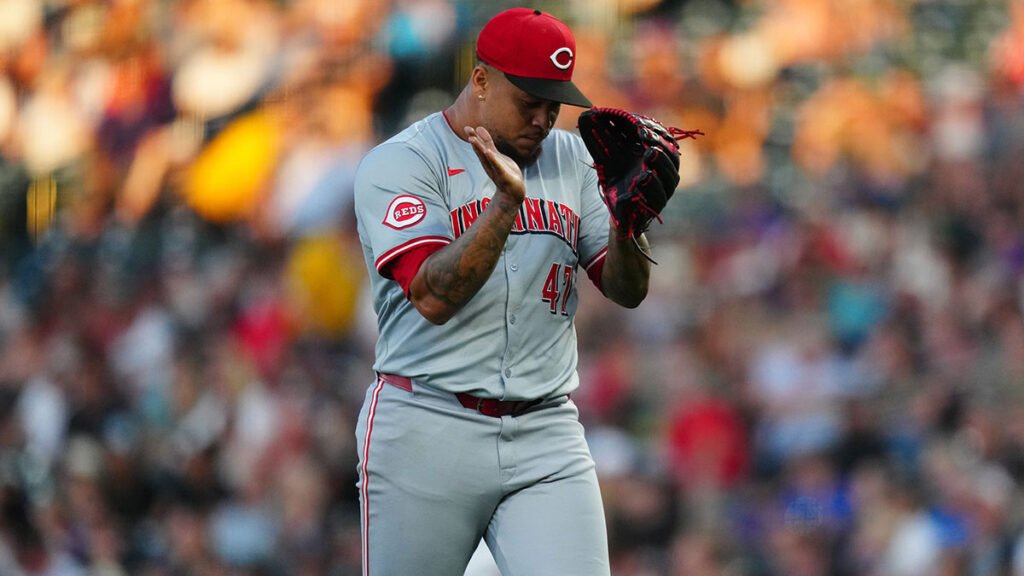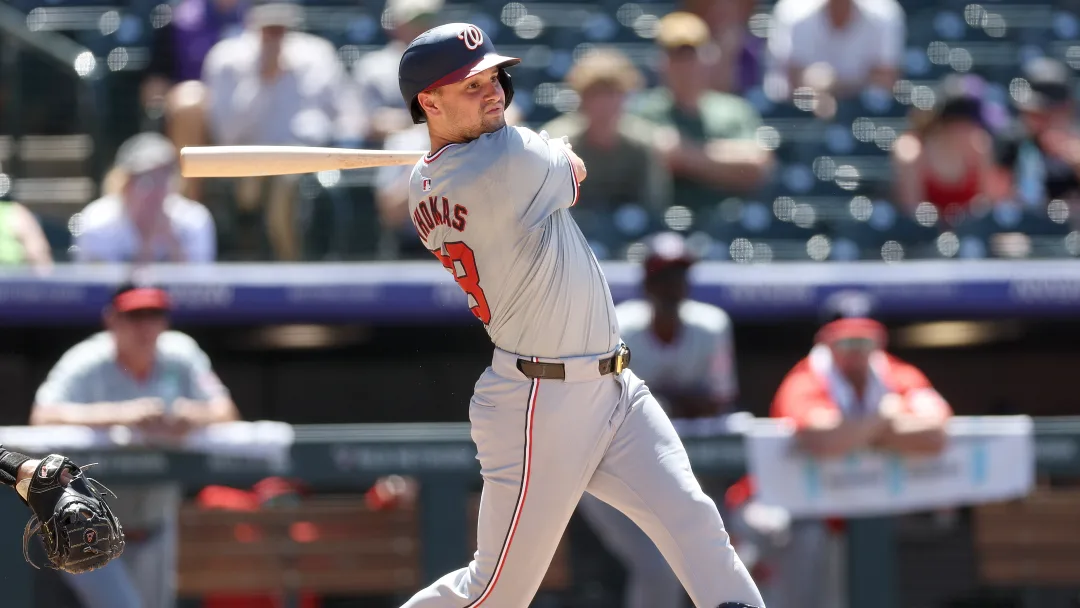As of right now, the Nats are what they are. A core relief group and strong starting pitching have led this slightly below average club. In order to prevent runs from being scored, the pitching staff has employed a Top 5ish HR rate* and a Top 10ish walk rate. This is not chance. K-rates are not high. There’s hardly much defense. You can win games, though, if you don’t walk too many players and, more crucially, if you don’t allow home runs that put the whole team up. This marks the conclusion of a league that has degenerated into an offensive that only considers the three possible outcomes. As long as you walk and hit home runs as well, it’s acceptable to K. The Nats strategy is perfect if it is what everyone is aiming to do rather than getting base hits. Their offense is just passable enough to keep them winning about as many games as they lose, as the pitching keeps them in game after game. CJ Abrams remains a top player and Jesse Winker has been healthy and therefore good. The rest you can take or leave ranging from average to terrible. In the first two months, they used stolen bases to aid increase scoring, but as of late, they have depended more and more on sequencing luck—getting the right hits at the right time, yesterday being the prime example.
This team’s statistics are similar to those of the 2011 Washington Nationals, who finished with a.500 record despite having a below-average offense and a respectable group of starters.
How did the nearly ten-year run of success begin in 2012, and is it possible for it to happen again? Yes, pitching is included. However, if your goal is to go from 81ish wins to 95ish wins, then that is to be expected.
While certain parts are in place, others are not. Young batters can probably step up into the major star roles and build a strong bench. Reliable veterans who were good and should be better weren’t signed for the upcoming season. You can sign these (Winker is one example). Candelario from last year), but those (Gallo, Maikel Franco) are unquestionably whiffable. You should be able to pitch three deep with solid arms that are not back of the rotation. A swarm of bullpen arms are keeping the pen in place. There aren’t many bullpen arms in the 24-27 age range.The Nats appear to need both an FA commitment to a few hitters AND a few arms for the upcoming season in order to make a significant leap. Although Jesse Winker isn’t as dependable as Werth or LaRoche would have been, I guess he may be re-signed for a reasonable price. Choosing to make him one of the two is a riskier move. Alternatively, you may attempt to portray Edwin Jackson as Herz, Cavalli, etc. While asking for too much, pitching prospects are known to be erratic. If they must spend, that’s a respectable sum of money. Furthermore, it appears—and this is a little concerning—that the bullpen is positioned for the now and not for the future. Guys much over 30 under short contracts and running out of team control. Although keeping would not be too expensive, the bullpen is not at its best and is aging. Trading is therefore a possibility. You can attempt to rebuild it for the following year, but the history indicates that there will be roughly three poor years for every two successful ones. This will be a fascinating composition. To be honest, I almost wish Herz had been hired for one of these positions right away. There is only one pen arm under thirty, really. Harvey here, he’s thirty-nine years old. Nice time of year. Season of fun. similar to 2011. However, the Nats had more in place in 2011, and all it took to take the next two steps to become a consistent competitor was a few crucial decisions (and, of course, some luck—every team needs that). It will take more than a few smart decisions and good fortune for next year’s campaign to be outstanding. There are a few steps that must be taken and a small puzzle to solve. But it’s theoretically yours to take.
REVEALED; What’s Needed For The Nats To Start Winning.



